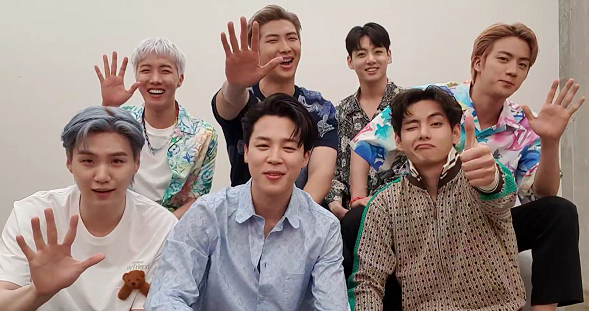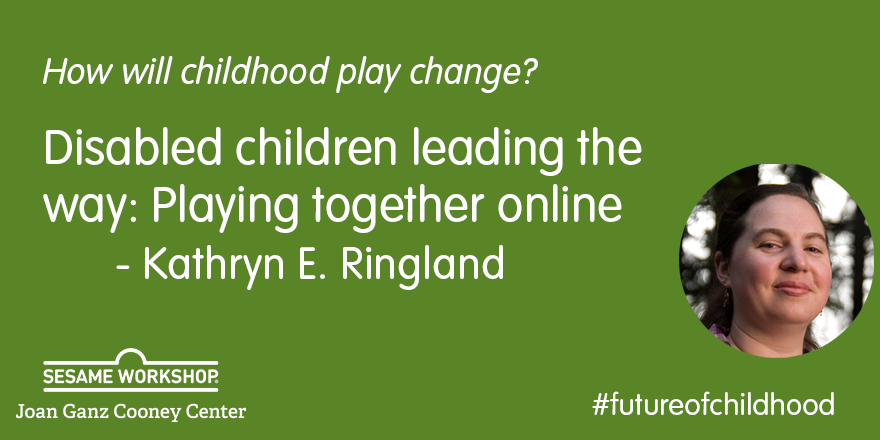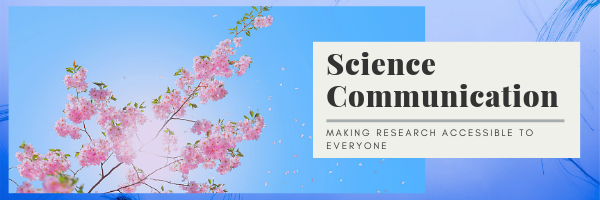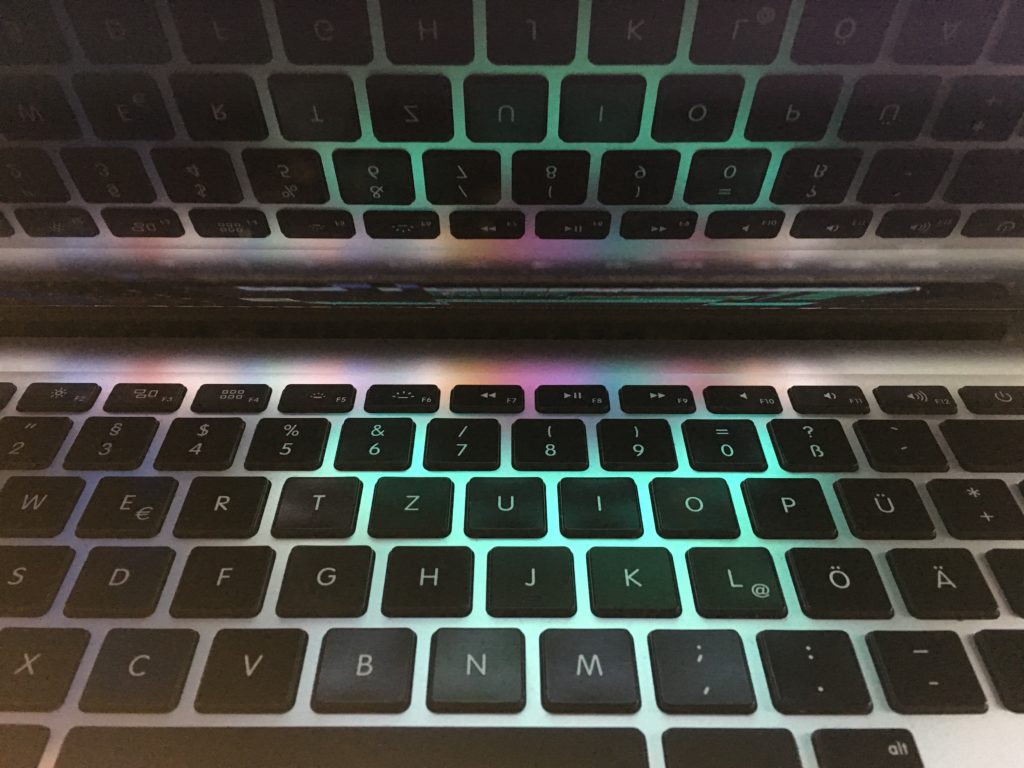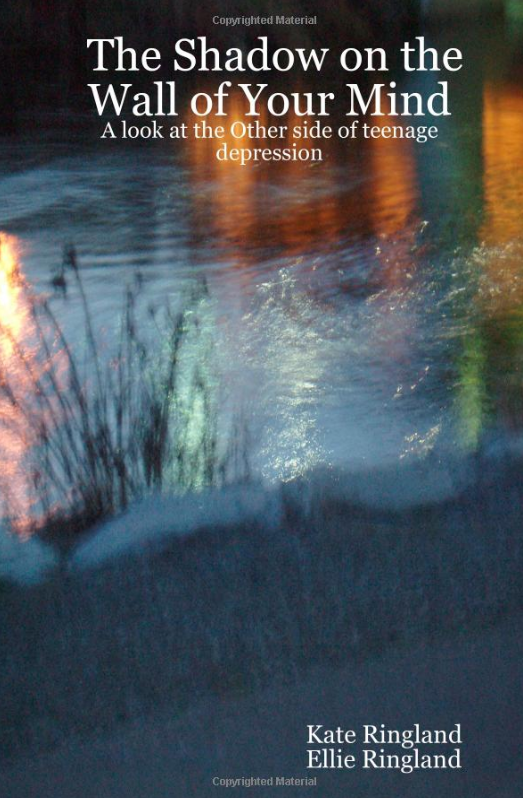Just over a week ago, I pulled out of a conference that I was meant to be presenting at this week. So, instead of having a jam-packed week full of presentations and research, I spent the time reflecting (and taking some extremely needed downtime). Now that I’ve taken that time, I wanted to reiterate my commitment to my community in my community-based research.
To be clear: My community in this discussion is BTS and ARMY. I can get a lot more detailed on what that means, but suffice to say this means the people in online and offline spaces who identify as OT7 ARMY. (Happy to talk with you more if you’re curious, just setting the stage for this blog.)
Some of this will be repeating this thread on Twitter and also this thread, but wanted to have one place where this was housed that I (and others) could reference.
Why Me?
I am an academic (I received my PhD in 2018 and now work as a professor) and I study how people use technology in their everyday lives. My expertise is in social platforms and play. What this means is I study games and other social media, but I also keep tabs on other technology.
I research communities and focus on how people interact with one another, how they make and keep relationships, and how the platforms they use help people support each other.
I also have a focus on disability and disability activism. I am myself disabled and use that as a lens to approach all of my work.
I work in communities I care about. I’ve written about this in other threads, but this work takes a lot of time/energy and very careful planning. I wouldn’t do this if I didn’t deeply care about this community.
As a disabled, neurodivergent scholar, I am very very aware of what it means to be othered and marginalized. With that experience, I try to bring compassion & understanding to everything that I do.
Why Research ARMY?
I have several reasons.
ARMY is amazing and the amount of work that happens in this community has already been noticed by outsiders. I hope to highlight some of this, as well as finding out how we can design technological platforms to better support ARMY activities.
I study play and care, which are both things that ARMY excel at. I want to help other people see and understand that about our community.
People are already researching ARMY, whether members of ARMY like it or not. I would love it if the people doing the research were actually ARMY, so they could better contextualize their findings. Worse are the people (who we’ve mostly seen in the form of journalists, but some researchers as well) who have a bias against ARMY and seek to prove it through their research. I do research to give a different perspective.
People are dismissive or ARMY. We know this. By having published research, I hope that we can have concrete things to point people to when they are like this. I have found with other groups I have done research with, that having the published research is a way to showing legitimacy in the face of critics.
What Now?
I am currently conducting my research in my day-to-day life as an ARMY. What does this mean? I spend a lot of time observing what goes on around me and reflecting on it. I write a lot. Most of my writing goes unread by everyone except me. However, eventually some of my writing ends up in blogs like this one or articles that get reviewed by other researchers.
In fact, I have a survey open right now for ARMY to take. I am hoping to combine survey results with my own ethnographic work to improve the reach of my research and to help me triangulate some of my findings.
Survey is here: https://tinyurl.com/BangtanSurvey
I am also extremely committed to making sure ARMY also have all the interesting findings from my work. There are actually lots of things I’m learning and seeing that the research community doesn’t even care about (their loss). So I’m releasing those as I have time to put them together. Here’s an example video I made last week during my downtime.
How Do I Ensure ARMY Isn’t Harmed?
I have taken many precautions in my work to make sure that ARMY and BTS are not harmed to the best of my ability. I’m human and I am sure there will be times this isn’t perfect. However, I still do my best. I’m going to end this article by listing some of the things I have done or plan on doing in this regard.
- Transparency. Wherever possible I am transparent about what I am doing and how I am doing it.
- Care with who I am sharing any data and what they actually have access to. When it comes to tweets, for example, I do not have any direct quotes from ARMY in my published work. I do not include usernames unless I’ve been given very explicit permission (this has only happened once, for a very specific reason, and I didn’t user the full username).
- Making sure the community (and in this case BTS) are discussed respectfully and within community norms. (Yes, I have had to fight on this and I will continue pushing back.)
- Ensuring the places I am presenting about ARMY are safe for ARMY. This means pulling out of conferences and publications if I need to.
- Making sure there is enough context and historical background when discussing anything about communities.
This blog will be a living document that I will come back to as needed in order to update as I work. I’m constantly iterating on my process and love learning from my community!
More about my research here: https://kateringland.com/btsarmy
